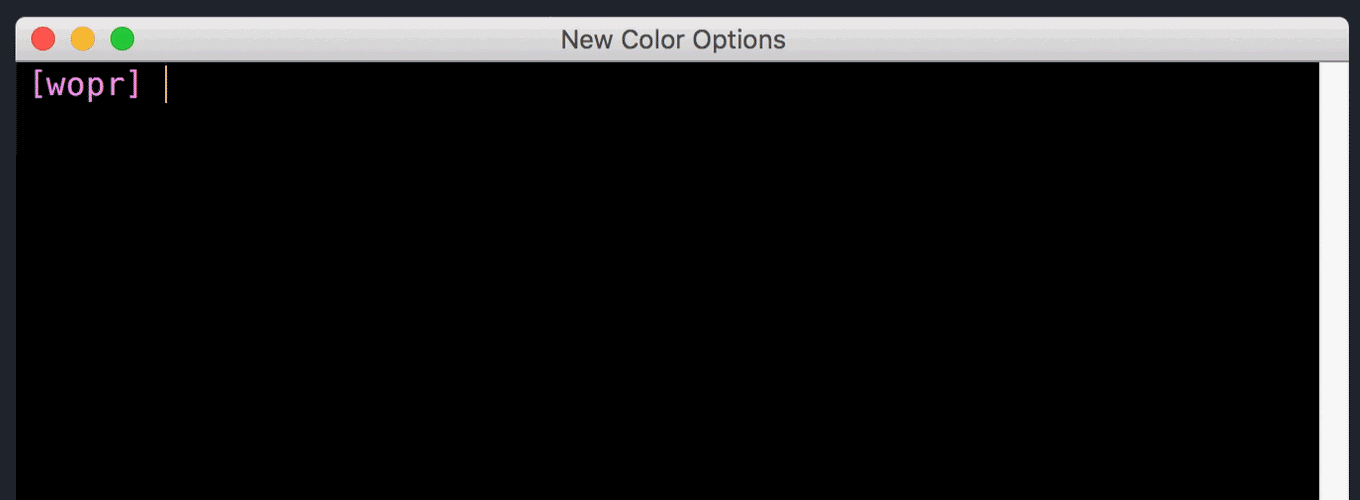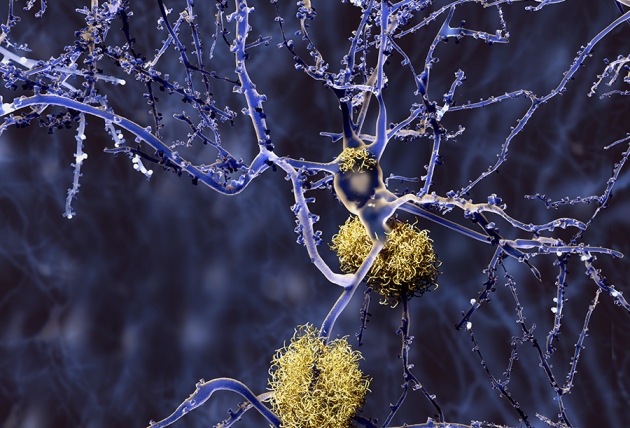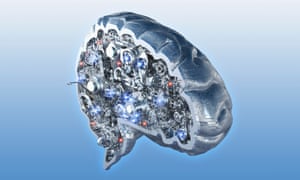This guide is patterned after my “Doing well in your courses”, a post I wrote a long time ago on some of the tips/tricks I’ve developed during my undergrad. I’ve received nice comments about that guide, so in the same spirit, now that my PhD has come to an end I wanted to compile a similar retrospective document in hopes that it might be helpful to some. Unlike the undergraduate guide, this one was much more difficult to write because there is significantly more variation in how one can traverse the PhD experience. Therefore, many things are likely contentious and a good fraction will be specific to what I’m familiar with (Computer Science / Machine Learning / Computer Vision research). But disclaimers are boring, lets get to it!
Source: A Survival Guide to a PhD








